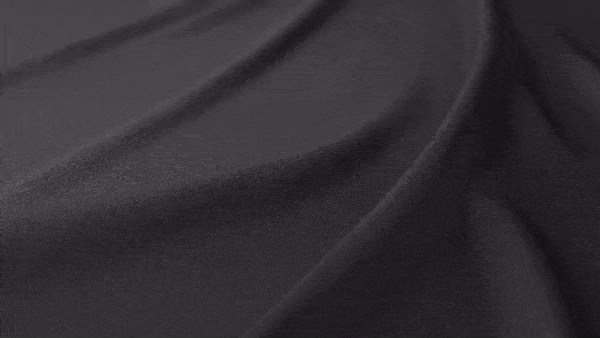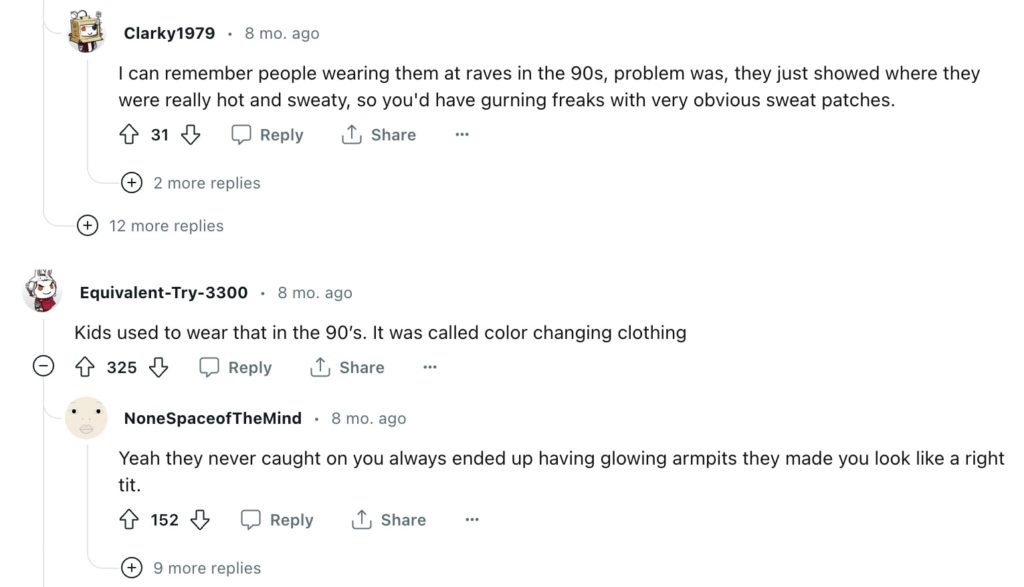This story originally appeared in Open Source, our weekly newsletter on emerging technology. To get stories like this in your inbox first, subscribe here.
Dye, fabric, cutting, and size—these are key ingredients that, when skillfully combined, give rise to unique apparel and clothing that we can don to reflect our individuality.
With a broader range of colors and options, however, comes more waste. Our quest to dress novelly (and affordably) has given birth to the fast fashion phenomenon. Industry players like Shein are quick to capitalize, churning out trendy pieces at a breakneck pace, encouraging consumers to constantly seek out the next must-have item. It’s a cycle of perpetual consumption and disposal, where garments are discarded nearly as quickly as they are acquired—it’s a major problem.
To assuage rising concerns about climate change and our environment, fast fashion companies are now pursuing strategies to reduce, reuse, and recycle—or a mix of these three approaches. But some argue the need for more inventive and preemptive solutions, especially in countries where cradle-to-cradle solutions (like the 3Rs) have fallen short. The industry is teeming with pressure to make fashion more sustainable, and to do so fast.
Among those that seek to solve this problem is a particular band of companies working on a solution that’s quite unconventional: color-changing fabrics.
Color-changing fabrics are functionally similar to the camouflaging ability of zebrafish. The species possesses pigment-containing cells known as chromatophores. When exposed to specific stimuli, zebrafish can contract their muscles, causing these cells to expand, thereby changing the fish’s physical appearance.
Similarly, external stimuli can induce a temporary change in the state of certain fabrics, leading them to change colors.
Take Anrealage, for example. The company produces clothing using a material that’s sensitive to ultraviolet light. Exposure to UV rays within a certain wavelength range causes the material to change color, albeit temporarily and reversibly, as it gradually reverts back to the original color once exposure is cut.
Fabrics with UV-induced color-changing properties may not be a practical choice for everyday wear, since clothes fabricated this way can only change colors if the wearer has a controllable source of UV light readily available (which is likely not something the average Joe or Jane would carry around).
Yet, there has been a brouhaha over the technology in light of a certain famed celebrity who recently wore one of Anrealage’s outfits:

A company by the name of ChroMorphous has sought to resolve this limitation with an iteration dubbed the eTextile, which is ostensibly capable of changing color and appearance on demand. The fibers of the denim-like fabric are interwoven with microwires. When an electrical current is passed through the latter, the fibers warm up, activating their pigment to change colors.
This process is controllable using a smartphone, enabling wearers to customize how the fabric changes color, either by activating only specific fiber groups to create “stripes” of color, or activating all groups to change the fabric’s color entirely. The latest eTextile prototype requires lithium ion battery packs about the size of a portable cellphone charger to operate.

A caveat to the eTextile’s usefulness exists. Since its fibers change colors based on temperature, it’s unclear if atmospheric heat can similarly induce changes in their color, and whether the color-changing property is functional at all under low-temperature environmental conditions. The fact that it needs batteries to operate also raises questions about its true-blue effect on sustainability.
And while color-changing fabrics have caught on in recent times (thanks in part to Beyoncé), it’s worthwhile to note that they aren’t entirely new or revolutionary. Clothing fabricated from such materials first appeared in the 1990s, albeit in versions that relied mainly on heat or solar exposure:
While there was hype, their popularity was short-lived due to wearers frequently experiencing awkward gaffes:

Companies such as Anrealage and ChroMorphous are pushing the boundaries of color-changing fabrics, advancing beyond what has hitherto been achieved in this field. Instead of solely depending on thermochromism (i.e. solar or heat), their innovations aim to offer wearers more control over the color-changing process. This control can be achieved through various means, including viscoelasticity (i.e. viscosity and elasticity), physical activity (such as the wearer’s breathing patterns), electroconductivity, among others.
Whether the utility of color-changing fabrics can extend beyond being mere gimmicks remains to be seen. At the moment, their applications are primarily seen on fashion runways or, occasionally, in marketing campaigns like those of the Nando’s restaurant chain. Further research is needed to assess the net benefits of these fabrics, taking into account factors such as comfort, material costs, production scalability, et al.
“We’ve got tired of passive clothing but because we’ve got good at making it cheaply, we’ve not done anything innovative with it. … When our clothes are adaptable, it will increase the value we get from them, they will do more for you,” said Jessica Wade, a researcher at Imperial College London’s Faculty of Natural Sciences, quoted in 2019 by the London Evening Standard.
In time, perhaps, we can finally put the age-old debate about the true colors of this “stupid dress” to rest.
